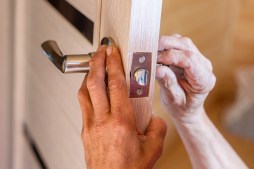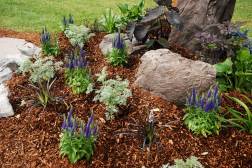When and How to Deadhead Different Types of Flowers for Best Results
Deadheading is a simple gardening technique that can significantly enhance the blooming period of your flowers. By removing spent blooms, you encourage plants to focus their energy on producing new flowers rather than forming seeds. This guide will walk you through when and how to deadhead various types of flowers to keep your garden vibrant and flourishing.
Understanding Deadheading and Its Benefits
Deadheading involves removing faded or dead flowers from plants. This practice prevents the plant from wasting energy on seed production and instead directs it toward new growth. The result is often more abundant blooms, prolonged flowering periods, and an overall healthier plant. Deadheading also keeps your garden looking tidy by eliminating unsightly spent blooms.
When to Deadhead Annual Flowers
Annuals like petunias, marigolds, and zinnias bloom continuously throughout their growing season but benefit greatly from regular deadheading. You should remove spent blooms as soon as they begin to wilt or fade. Using clean scissors or simply pinching off the dead flower just above the first set of healthy leaves encourages the plant to produce more buds rapidly.
Deadheading Perennials: Timing Is Key
Perennials such as coneflowers, daisies, and black-eyed Susans usually have a longer blooming period but can still benefit from deadheading. For these plants, remove spent flowers during their active growing phase but avoid late-season deadheading since some seed heads provide winter interest or food for wildlife. Always cut back to a leaf node or lateral bud for best results.
Special Considerations for Deadheading Bulbs and Shrubs
Bulbous plants like tulips generally do not need deadheading because their flowers drop off naturally after blooming; however, shrubs such as hydrangeas may require selective pruning instead of traditional deadheading methods depending on species. Understanding each plant’s unique needs ensures you don’t inadvertently reduce next season’s bloom potential.
Tips for Effective Deadheading Practices
Always use clean tools or clean hands when removing spent flowers to prevent disease spread among your plants. Dispose of removed material properly rather than leaving it on soil surface where pests may be attracted. Observe your garden regularly so you can promptly remove dying blooms — this attention helps maintain continuous flowering throughout the season.
Mastering the art of deadheading tailored to different flower types allows gardeners both new and experienced to enjoy longer-lasting blooms and healthier plants. With consistent care using these tips, your garden will thrive with vibrant colors well into the growing season.
This text was generated using a large language model, and select text has been reviewed and moderated for purposes such as readability.


